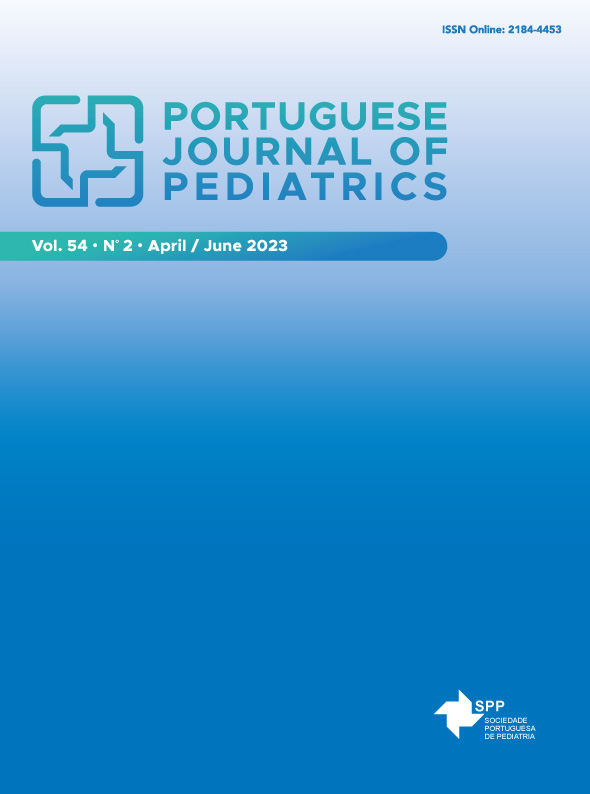Mortality in Pediatric Palliative Care in a Tertiary Center
DOI:
https://doi.org/10.25754/pjp.2023.25911Abstract
Introduction: Complex chronic diseases have been responsible for about a third of all pediatric deaths in Portugal in recent years. Early referral and implantation of an advance care plan are strategies that result in greater preparation on the part of families for dealing with the course of illness of these children. This study aimed to characterize the mortality data of patients followed by the pediatric palliative care in-hospital support team in a tertiary center between January 2018 and June 2021.
Methods: This retrospective study was performed using the analysis of clinical files, demographic data, nosological groups, referral dates, expectations, and place of death of patients as well as the interventions carried out by the team.
Results: In total, 64 children were followed by the pediatric palliative care in-hospital support team, 25 (39%) of whom died. More than half of the children who died had neurological pathology, which was the most frequent diagnostic area. Moreover, 14 (56%) children died less than 6 months after their referral to the team. Most of the children died during hospitalization (56%), while 28% of the deaths occurred at home.
Conclusion: The collected data suggests a late referral to pediatric palliative care, which is why it is of utmost importance to invest in the creation of specialized teams at the national level and the training of health professionals in this area. The main place of death was the hospital, as in previous studies, although with an apparent increasing trend of deaths at home.
Downloads
Downloads
Published
Issue
Section
License

This work is licensed under a Creative Commons Attribution-NonCommercial-NoDerivatives 4.0 International License.









